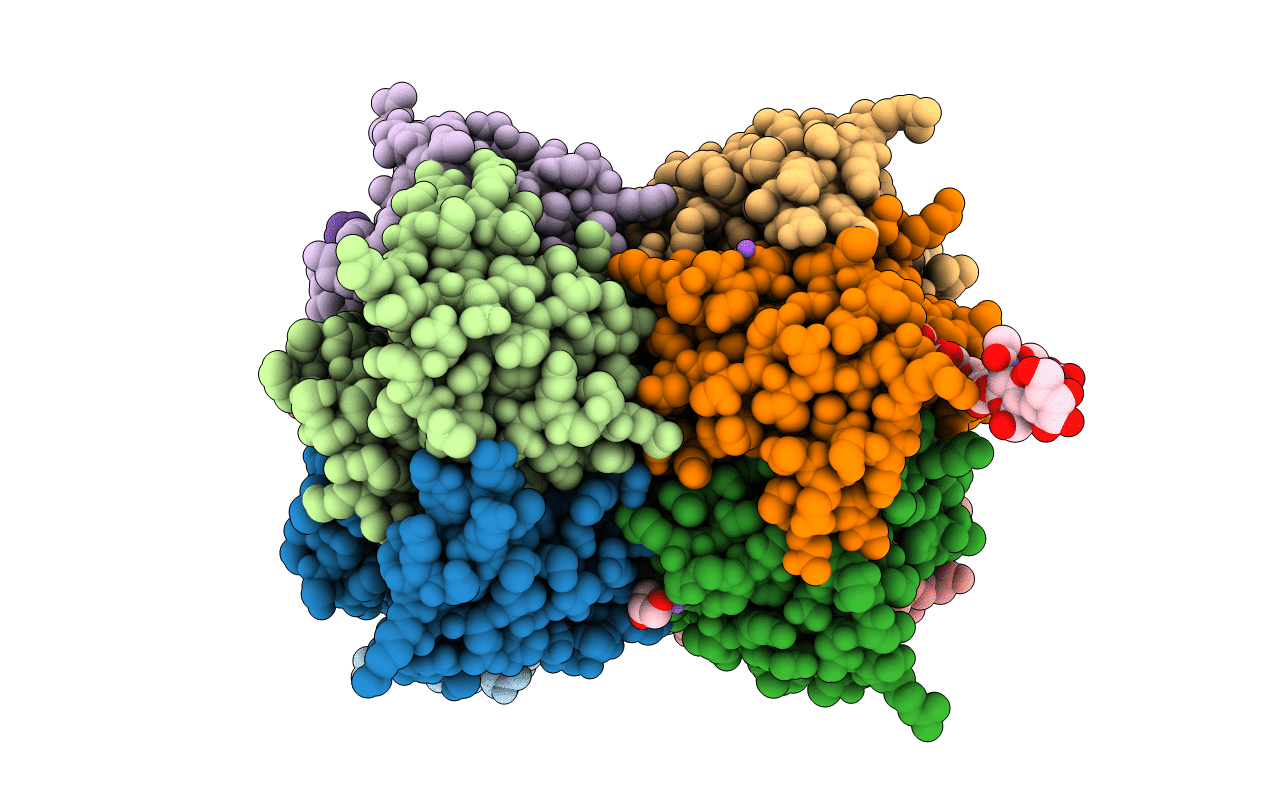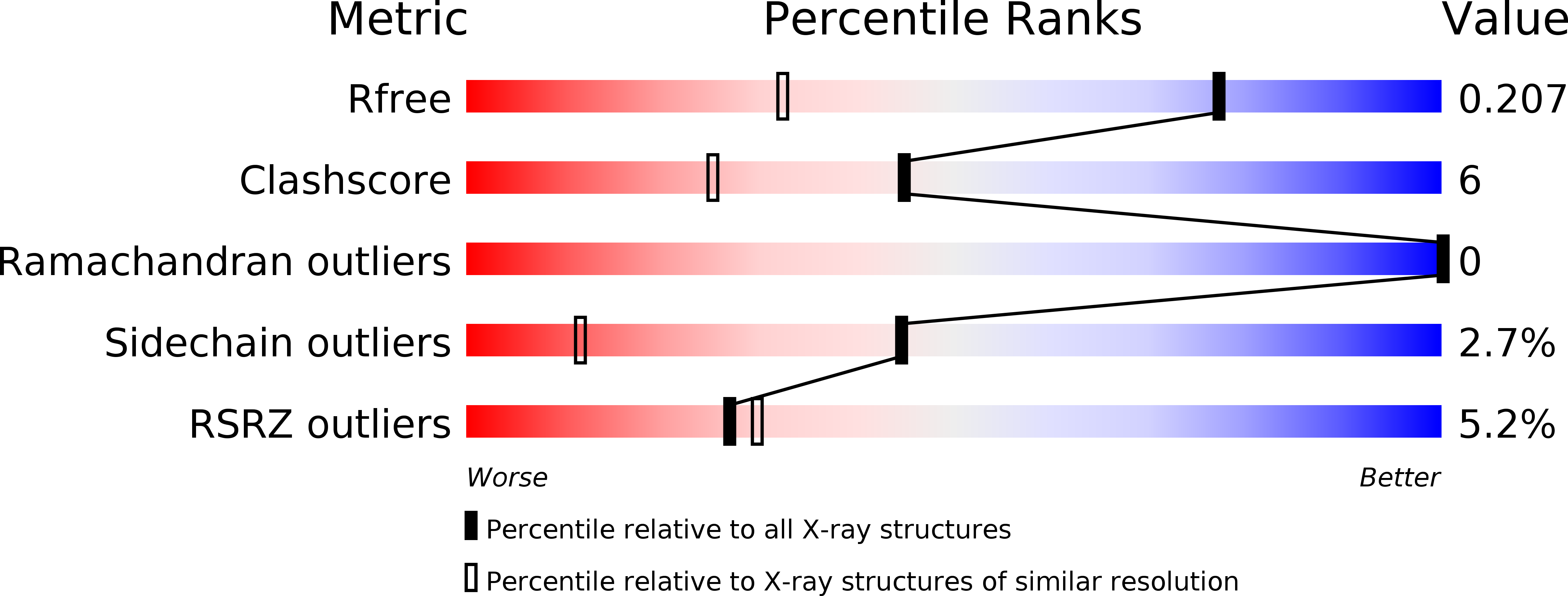
Deposition Date
2018-11-27
Release Date
2019-02-27
Last Version Date
2024-11-13
Entry Detail
PDB ID:
6IAL
Keywords:
Title:
Porcine E.coli heat-labile enterotoxin B-pentamer in complex with Lacto-N-neohexaose
Biological Source:
Source Organism:
Escherichia coli (Taxon ID: 562)
Host Organism:
Method Details:
Experimental Method:
Resolution:
1.45 Å
R-Value Free:
0.20
R-Value Work:
0.17
R-Value Observed:
0.17
Space Group:
P 1 21 1


